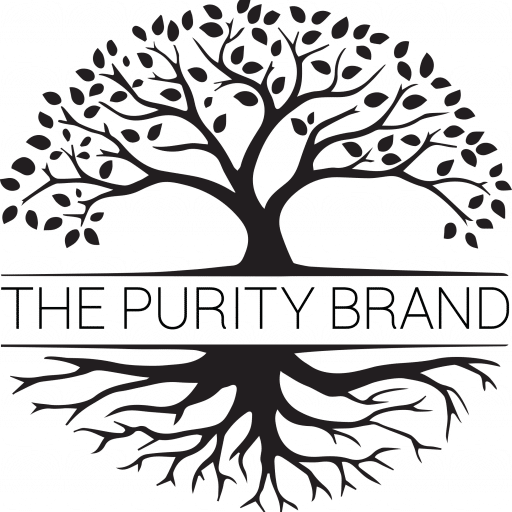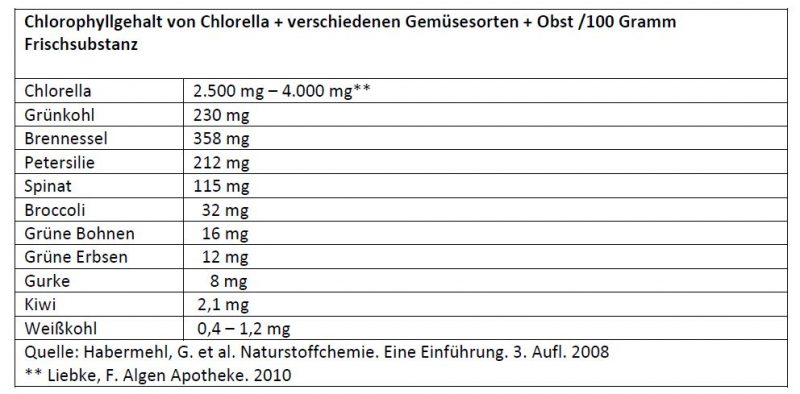Unkategorisiert
Chlorella in short portrait
Just like Spirulina, the microalga Chlorella is also one of the archetypes of life – it has existed on earth for more than 2.5 billion years. Nothing could destroy them, no meteorite impact, neither drought nor floods, viruses, bacteria or other hostile situations. This indicates a great adaptability of the alga, but above all, survival mechanisms of evolution seem to be stored in the Chlorella alga, which have made the survival of the algae possible over billions of years. And that our health could also benefit from this in the form of a healthy diet, the Asians already knew before us. They appreciate chlorella for the intense and powerful green that comes from the exceptionally high content of chlorophyll, as well as other properties beneficial to health (1, 2, 3).
Chlorella is a green alga that grows in fresh water, it is found in nature in inland lakes and ponds. However, for nutritional supplementation, it is not taken from nature but grown under controlled conditions in facilities and in closed glass tube systems. A single Chlorella alga is so small that its roundish structure can only be seen under a microscope at 600x magnification. It has a cell nucleus and a robust cellulose-containing cell wall. In terms of size, it is comparable to a human red blood cell.
Just like plants, algae also live from photosynthesis, which means they use sunlight and CO2 to produce nutrients for their own survival and oxygen. Up to 70% of the oxygen found in the atmosphere is produced by algae! Because of its interesting nutrients, vital substances, and bioactive compounds, chlorella is now used worldwide in the food and pharmaceutical industries (1, 2, 3).
History
Chlorella vulgaris was discovered in 1890 by the microbiologist and botanist Dr. Martinus Willem Beijerinck (4). Studies on chlorella as a food began in the early 1950s, when the use of chlorella as a food and rich protein source was considered in the midst of a global food crisis (5). Chlorella is a very fast growing alga, the yield per hectare is up to 120 tons per year, far above conventional agriculture (e.g. wheat: approx. 7 tons/year/hectare). Chlorella was first produced and consumed in Asia, especially in Japan, and then used worldwide as a dietary supplement (6). Studies show that chlorella algae contain a variety of nutrients and bioactive compounds that can support human health (6, 7).

